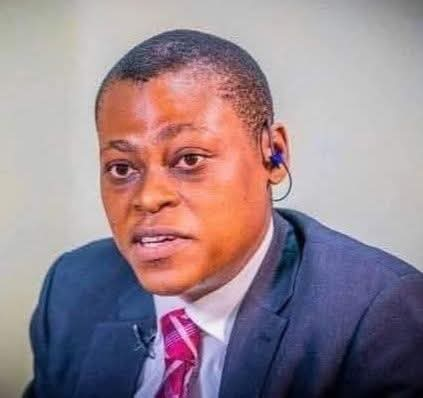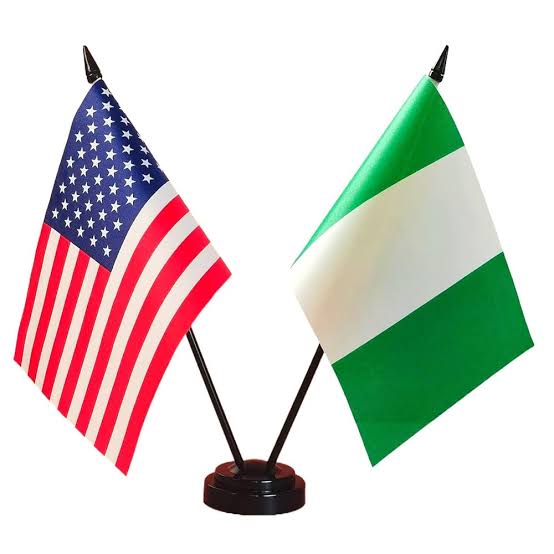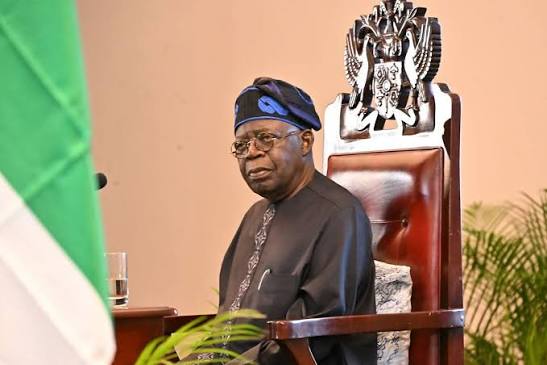By Anietie John Ukpe
There are few spectacles more tragicomic than a man who has mistaken a microphone for a microscope. Rufai Oseni, a graduate of Animal Anatomy and now inquisitor-general of Arise TV, provides one such spectacle daily. Watching him conduct an interview is like watching a butcher perform brain surgery with a cleaver — all enthusiasm, no finesse, and the patient inevitably dies.
Mr. Oseni’s idea of journalism appears to have been learned from courtroom dramas. To him, every guest is a suspect, every question an accusation, and every answer a confession extracted under duress. While most journalists ask questions to reveal truth, he asks them to exhibit dominance. “I put it to you…” he bellows, in tones befitting a village prosecutor addressing a trembling goat thief. The phrase, borrowed from legal cross-examination, is the blunt instrument of an amateur who mistakes intimidation for inquiry. Thankfully, he does not yet rise from his seat and demand, “Objection, My Lord!” before striking his guest with a rolled-up copy of ThisDay.
Then comes his other favorite incantation — “I have empirical evidence.” This he delivers with the solemnity of Galileo announcing the motion of the Earth. Unfortunately, he fails to understand that “empirical evidence” is a technical term applicable mainly to scientific inquiries and controlled observation. In Oseni’s universe, empirical apparently means “I heard it somewhere on WhatsApp.” In journalism, evidence is not empirical — it is presented, sourced, and verified. In Osenese, however, it is waved like a talisman to silence dissent. One cannot help but suspect that Mr. Oseni’s “empirical” method involves little more than rummaging through social media until he finds a meme that agrees with him.
A journalist’s task, to borrow from George Orwell, is “to see what is in front of one’s nose.” Oseni’s problem is that he does not see what is in front of his nose; he sniffs it. He mistakes aggression for intellect and verbosity for gravitas. He seems unaware that interviews are conversations, not cross-examinations — that the goal is illumination, not humiliation.
The tragedy is not that Mr. Oseni lacks intelligence — indeed, he might have made a fine veterinary instructor, lecturing on the digestive mysteries of goats. The tragedy is that he has dragged the craft of journalism into the abattoir of his own academic past, dissecting every guest as though they were a specimen pinned to a laboratory table.
There is still hope, of course. Broadcasting institutes offer short courses for those who confuse microphones with microscopes. A few months under a seasoned instructor might cure him of the delusion that bullying is interviewing. There he might learn the delicate art of listening, the subtle rhythm of dialogue, and the ancient principle that a question is not a cudgel but a key.
Until then, let us pray for his guests — that no “I put it to you” fashioned against them shall prosper, and every “empirical evidence” raised in judgment against them, they shall condemn.





